U.S. Warship Docks in Trinidad Amid Venezuela Tensions
- by Editor.
- Oct 26, 2025

Credit: Freepik
A U.S. guided-missile destroyer docked in Trinidad and Tobago’s capital on Sunday for joint training exercises, marking a fresh escalation in President Donald Trump’s campaign against Venezuela’s government.
The move has sparked backlash from Caracas and raised concerns among Trinidadians about regional instability.
The USS Gravely, an Arleigh Burke-class destroyer, arrived in Port-of-Spain for a four-day visit, part of a broader U.S. military presence that includes the aircraft carrier USS Gerald R. Ford en route to the region. U.S. and Trinidadian officials said the exercises aim to combat transnational crime, including drug trafficking. However, the deployment comes amid Trump’s “war on narco-terrorists,” which has included recent airstrikes on suspected smuggling vessels near Venezuelan waters.
Venezuelan President Nicolás Maduro condemned the warship’s arrival as a “military provocation,” accusing Washington of attempting to “invent a new eternal war.” Vice President Delcy Rodríguez claimed Venezuelan authorities had arrested a group of “mercenaries” allegedly linked to U.S. intelligence and plotting a false-flag attack—though no evidence was provided.
The rhetoric reflects ongoing tensions between the two countries, fueled by U.S. sanctions and covert operations aimed at regime change. Trump recently acknowledged CIA activities in Venezuela, further inflaming diplomatic friction.
In Trinidad, the warship’s presence has stirred unease. David Abdulah, leader of the Movement for Social Justice, called the docking an “abomination,” citing its proximity to Venezuela and potential for escalation. “This is a warship anchored here for days,” Abdulah said. “That’s not partnership; that’s peril.”
Prime Minister Kamla Persad-Bissessar, a Trump ally, has supported the U.S. strikes, which have targeted vessels allegedly linked to the Tren de Aragua criminal network. However, opposition voices warn of unintended consequences and regional spillover.
The deployment fits into Trump’s broader Latin America strategy. On Friday, a U.S. strike reportedly killed six suspected “narco-terrorists,” part of efforts to combat fentanyl trafficking—though experts note that Mexico, not Venezuela, remains the primary source of U.S. opioid flows.

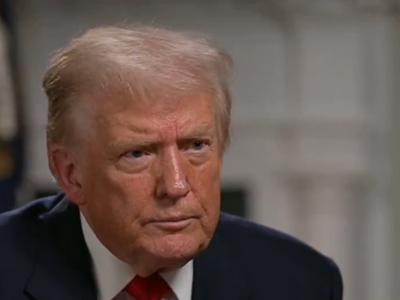
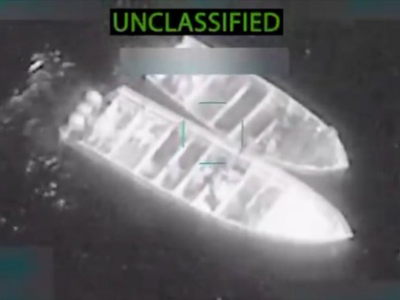


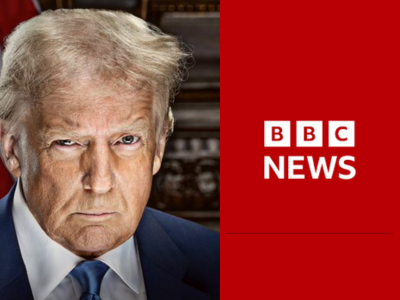




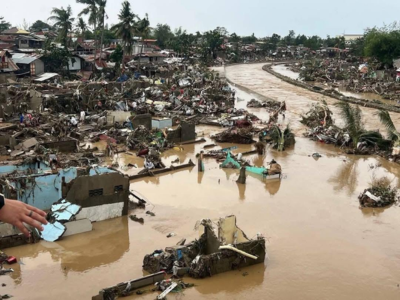
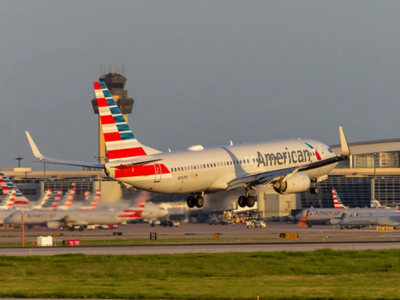

0 Comment(s)